OM SYSTEM users are pretty lucky. Not only do they have one of the most unique and innovative cameras on the market in the form of the OM1, but they’ve also got access to a slew of fantastic lenses. Formerly Olympus, OM SYSTEM lenses cover a very broad range. Lots of them have IP-rated durability for hiking or even just ensuring that your product will last a few extra years. Couple that with the AI and computational photography built into their cameras, and you’ve got a winning combo. We’re rounding up some of the best OM SYSTEM lenses for professional photographers. And we’ve also reviewed them all!
This piece is presented in partnership with OM SYSTEM. We’ve independently and ethically reviewed all the products in this post already without sponsorship. And we worked with them to recommend a few key gems to you.
The Phoblographer’s various product round-up features are done in-house. Our philosophy is simple: you wouldn’t get a Wagyu beef steak review from a lifelong vegetarian. And you wouldn’t get photography advice from someone who doesn’t touch the product. We only recommend gear we’ve fully reviewed. If you’re wondering why your favorite product didn’t make the cut, there’s a chance it’s on another list. If we haven’t reviewed it, we won’t recommend it. This method keeps our lists packed with industry-leading knowledge. Some of our stories include affiliate links. If you buy something through one of these links, we may earn an affiliate commission.
How to Use This Guide to OM SYSTEM Lenses
Here’s some insight into how to use this guide to the best OM SYSTEM lenses for professional photographers and passionate photographers who love the system:
- This list of OM SYSTEM lenses is brought to you by OM SYSTEM. It also still abides by our Editorial Policies. We won’t ever talk about a lens or product that we haven’t touched. And to that end, this roundup contains only the OM SYSTEM lenses we’ve reviewed. Luckily, we’ve reviewed all the PRO grade lenses.
- We shot all the product images and sample images in this roundup. So rest assured: we actually used them and you can trust the experts at The Phoblographer.
- These are Micro Four Thirds lenses. To get the full-frame equivalent, double the focal length.
- Pairing these OM SYSTEM lenses with cameras that have computational photography like the OM SYSTEM OM-1 produces a ton of potential. There’s the Live ND feature, which helps you not need to stop the lens down and therefore prevents diffraction. Then there’s Live Composite, which does what pretty much no other camera system can for astrophotography and more.
- Four Thirds is a trendy format right now. Watch a lot of Netflix shows, and you’ll see that they’re purposely letterboxing the sides to give it that look at times.
- These OM SYSTEM lenses have different additions to the naming like IS and PRO. PRO designates their highest end lenses. IS stands for image stabilization.
- We’ve ordered this list of OM SYSTEM lenses from widest to most telephoto.
M.ZUIKO DIGITAL ED 7-14MM F2.8 PRO
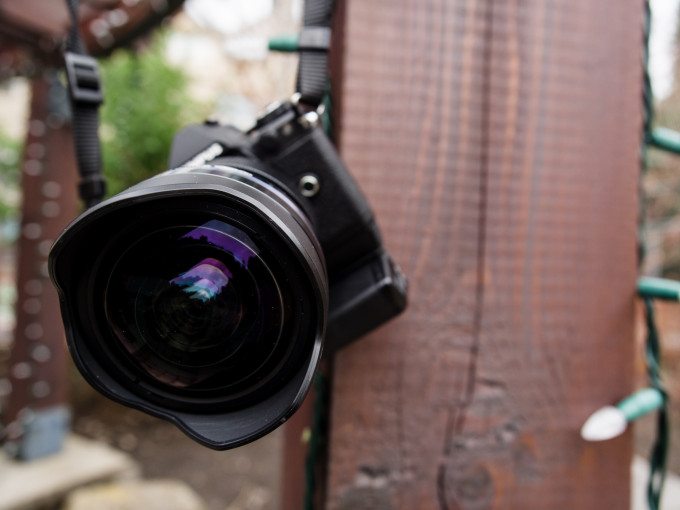
Best For
Landscapes, astrophotography, architecture, cityscapes, and so much more.
But How is it?
In our review, we state:
The M.ZUIKO DIGITAL ED 7-14mm f2.8 PRO is a stellar lens when it comes to image quality. Quite obviously, it’s designed for wide angle shooting: landscapes, architecture, interiors, and at the longer end you can probably squeeze in a portrait or two if you don’t position the subject near the edges.

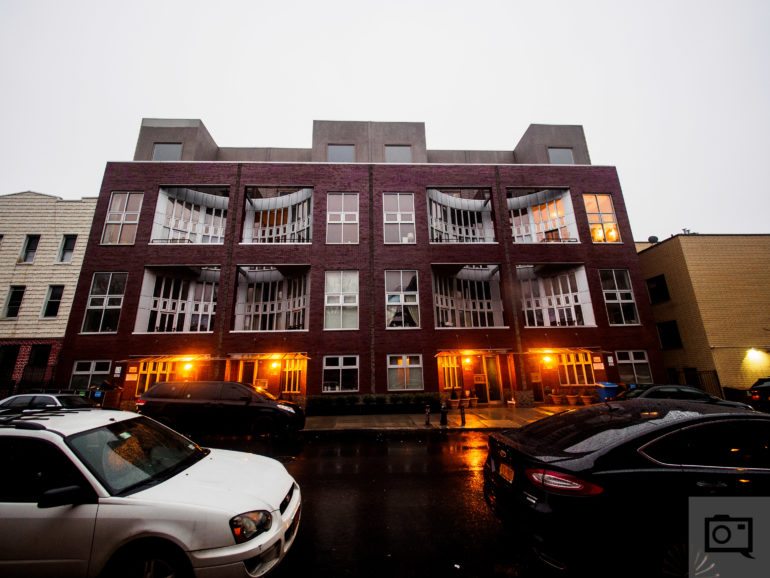
M.ZUIKO 8mm f1.8 Fisheye PRO
Best For
Fun landscapes!
But How is it?
In our review, we state:
“There isn’t much to say about the Olympus 8mm f1.8 Pro Fisheye lens that these images don’t say for themselves. Olympus optics have always been known for being very sharp, rendering lots of details, and focusing quickly. Quite honestly, they have so many things about them that make them perfect.”
M.ZUIKO 8-25mm f4 PRO
Best For
General photography
But How is it?
In our review, we state:
“One of my favorite perks of the OM SYSTEM is that it’s easier to get up close. The M.ZUIKO 8-25mm f4 Pro can focus as close as nine inches from the front of the lens for all focal lengths. That’s stellar for a wide-angle lens and, at the 25mm end, offers some great versatility for close-ups. The Starry Sky AF feature on the OM-D E-M1 Mark III also works with this lens.”
M.ZUIKO 12-40mm f2.8 PRO II
Best For
General Photography
But How is it?
In our review, we state:
“The colors from the OM SYSTEM 12-40mm f2.8 Pro II are nothing to complain about. They’re very nice. Overexpose by a stop and you’ll get these beautiful, muted colors so popular with film photographers. Expose perfectly according to a light meter and the colors will just pop out at you. Seriously, you can’t go wrong with this lens’s colors.”
M.ZUIKO 12-45mm f4 PRO
Best For
General photography
But How is it?
In our review, we state:
“The M.ZUIKO 12-45mm f4 PRO has autofocus that is very quick. That is thanks to the lightweight lens elements on the inside. Tack onto that the speed the EM1 Mk III delivers and you’re pretty solid for having a walkaround lens. Again, due to the depth of field basically being f8, you don’t have a lot to complain about. Missing the shot will be tough unless you’re trying to track a moving subject.”
M.ZUIKO 12-100mm f4 PRO
Best For
General Photography
But How is it?
In our review, we state:
“Now that we’re talking about autofocus just a bit, what I really like about the M.ZUIKO 12-100mm f4 PRO is just how closely it can focus when zoomed in. It guarantees a lot of great bokeh and you never have to stop down. Additionally, the lens is really speedy.”
M.ZUIKO 17mm f1.2 PRO
Best For
General photography and low light photography.
But How is it?
In our review, we state:
“The M.ZUIKO 17mm F1.2 PRO is about as smooth of a lens to use as any other in this day and age. If you prefer manual focus, you can do that easily. If you prefer to just slap the lens on your camera, throw it into auto mode, and snap away on a family vacation, you can do that too. This lens has no issues we ran into when it comes to ease of use, with the one exception being the manual focus mechanism that we noted in the build quality section.”
M.ZUIKO 20mm f1.4 PRO
Best For
General purpose photography. It’s essentially a 40mm f2 lens.
But How is it?
In our review, we state:
“Oh, man! The image quality from this lens is a two-component thing. Purely by itself, you’ll never want to stop it down. OM Digital Solutions (OMDS) says the bokeh is “feathered.” And that sort of makes sense. I think it’s just creamy and gorgeous. If you’re a Fujifilm shooter, it looks like the Fujifilm 35mm f1.4 original. That lens has a Sonnar type design, but I don’t think the OM SYSTEM 20mm f1.4 has that. It’s also very sharp. And while there’s a minor issue with purple fringing, I believe this can be fixed in post-production or wholly negated.”
M.ZUIKO 25mm f1.2 PRO
Best For
Low light photography.
But How is it?
In our review, we state:
“Landscape, street, and outdoor photographers are going to love this lens. During our tests, we took the lens out into the rain in NYC. When coupled with the OMD series of cameras, the lens withstood any sort of harassment that Mother Nature decided to dump on it. That means if you’re out camping for a while and the weather takes a turn for the worse, this lens will be able to handle it with ease.”
M.ZUIKO 40-150mm f2.8 PRO
Best For
Birding, portraits, weddings, sports, and events.
But How is it?
In our review, we state:
“The M.ZUIKO 40-150mm f2.8 PRO exhibits exceptional image quality that is sharp, contrasty, and detailed: enough to give any Micro Four Thirds user exactly what they want. In some events, like shooting portraits, it’s easy to say it can be too sharp. Of any Olympus lens we’ve tested, this one has given us the best results, understandably too for the price point!”
M.ZUIKO 40-150mm f4 PRO
Best For
Birds, dogs, and anything that runs around like a maniac.
But How is it?
In our review, we state:
“Size isn’t the only innovation here. While weather-sealing is common, few lenses go through the tests to gain an IP rating that specifies just how much abuse it can withstand. The M.ZUIKO 40-150mm f4 has an IP53 rating. That means it’s tested for dust without harmful deposits and tested against water sprays up to 60 degrees from a vertical spray. OM Solutions also says it’s freeze-proof as well.”
M.ZUIKO 45mm f1.2 PRO
Best For
Portrait photographers and landscape shooters.
But How is it?
In our review, we state:
“Speaking of the autofocus, the M.ZUIKO 45mm f1.2 PRO is an excellent performer, being able to track subjects accurately and achieve critical focus fast. This lens is certainly faster focusing than what most APS-C and Full Frame f1.2 lenses are capable of. It not only has a size (smaller elements to move) benefit on its side but also the depth of field.”
M.ZUIKO ED 100-400mm f5-6.3 IS
Best For
Birding and sports.
But How is it?
In our review, we state:
“The M.ZUIKO 100-400mm f5-6.3 IS is a snappy performer when it comes to autofocus. I have used the lens in AF-S, continuous, and continuous with tracking, and it performed great! While at a local motocross track, I was able to string together bursts of bikes flying through the air with ease, and my keeper rate was excellent. In great lighting conditions, the M.ZUIKO 100-400mm f5-6.3 IS will delight you with its autofocus performance. Just point, half-press, and you will acquire focus in a heartbeat. Remember to set the focus limiter switch or you will wonder why you’re not getting the performance I’ve described. If you have it set to 1.3m to infinity, the lens will have to shift all that glass along the entire focal range, so set it according to what distance you are shooting at.”
M.ZUIKO 300mm f4 IS PRO
Best For
Birding, wildlife and sports
But How is it?
In our review, we state:
“This is the equivalent of a 600mm f8 lens when you translate it into full frame 35mm terms. Because it’s such a long lens your bokeh is always going to be creamy, dreamy, and gorgeous. As always with Olympus lenses, you can’t go wrong with the bokeh here.”


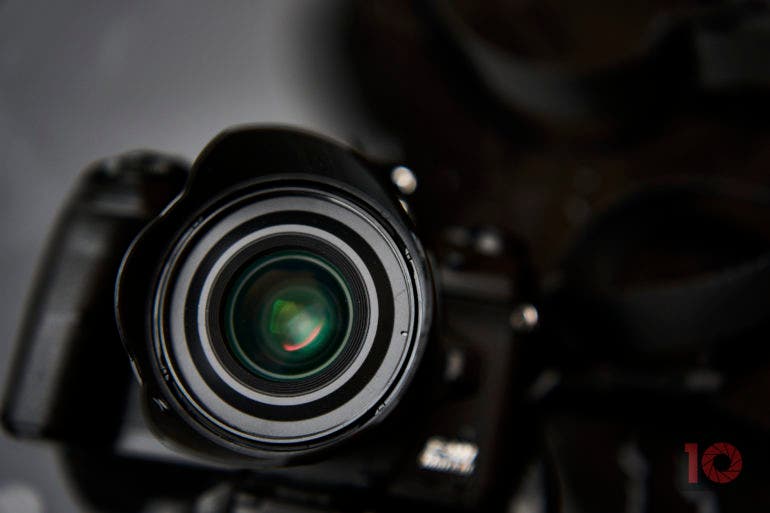
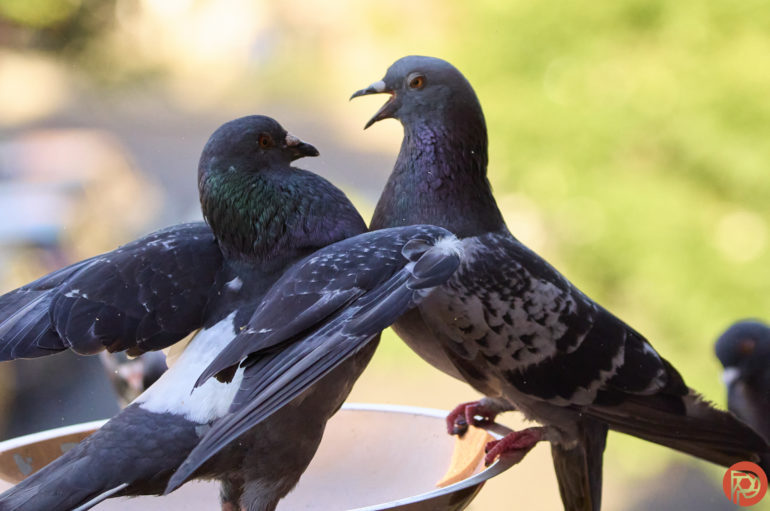
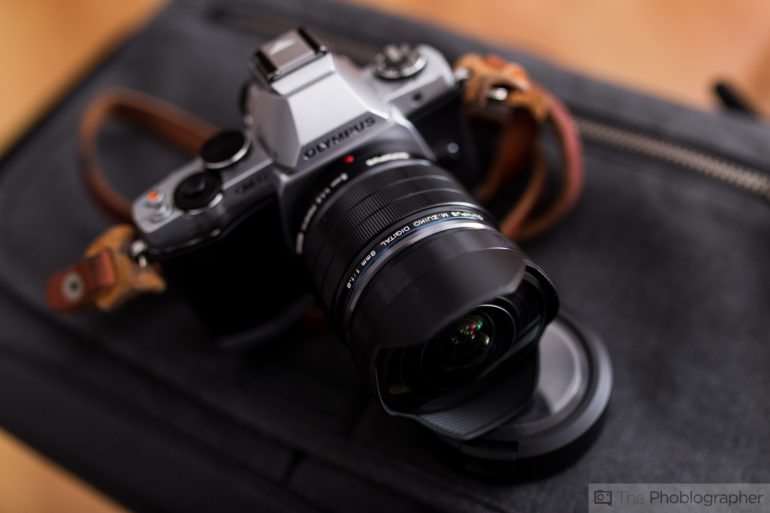


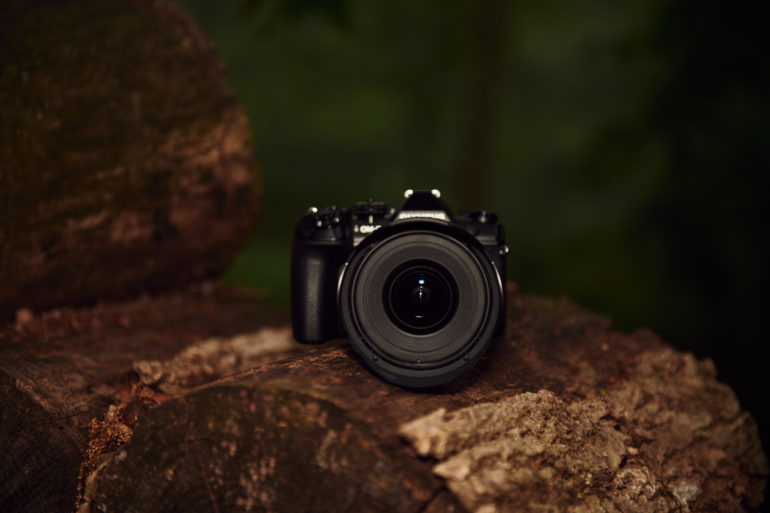
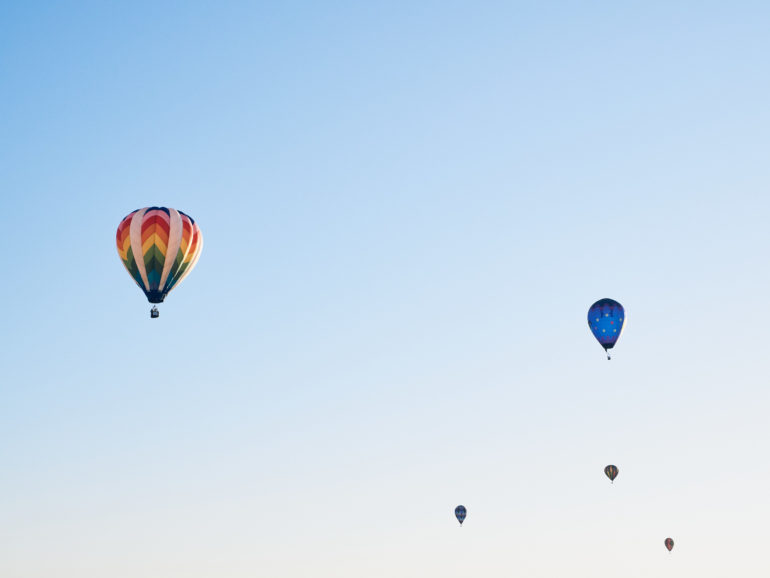
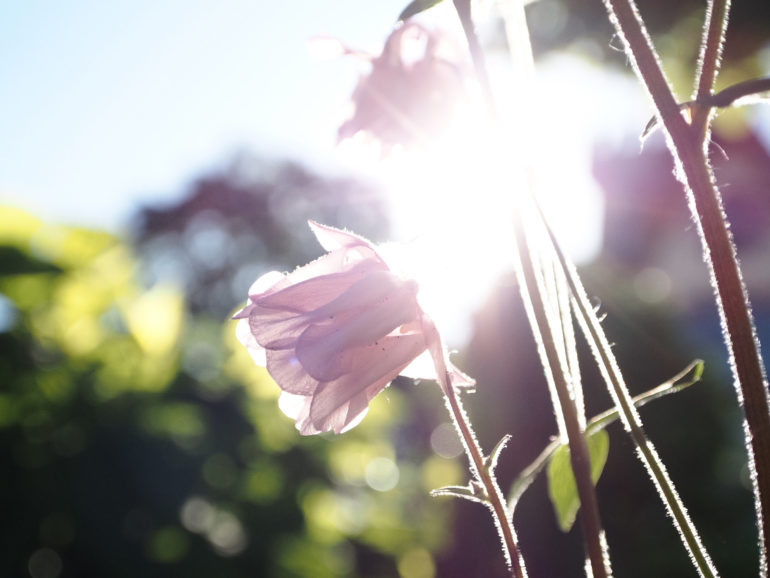
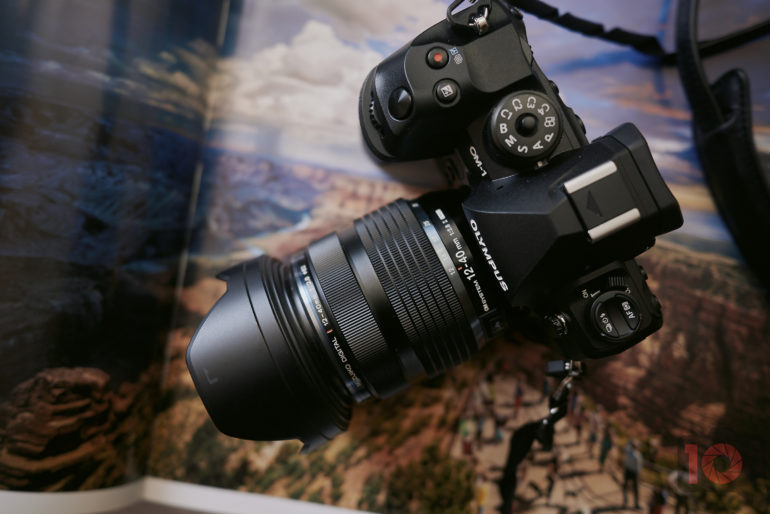
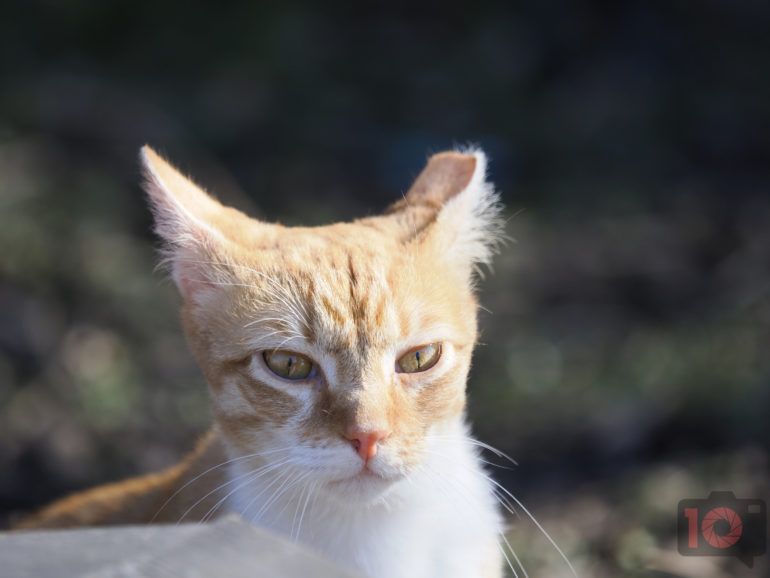
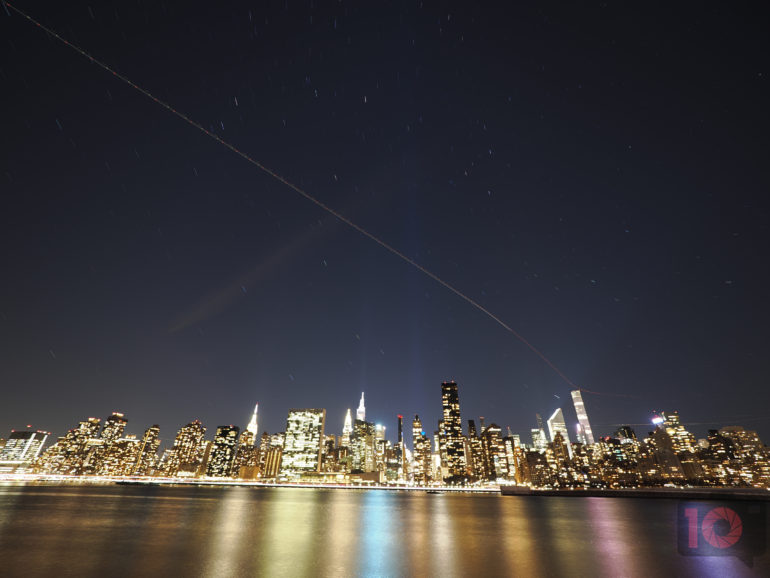
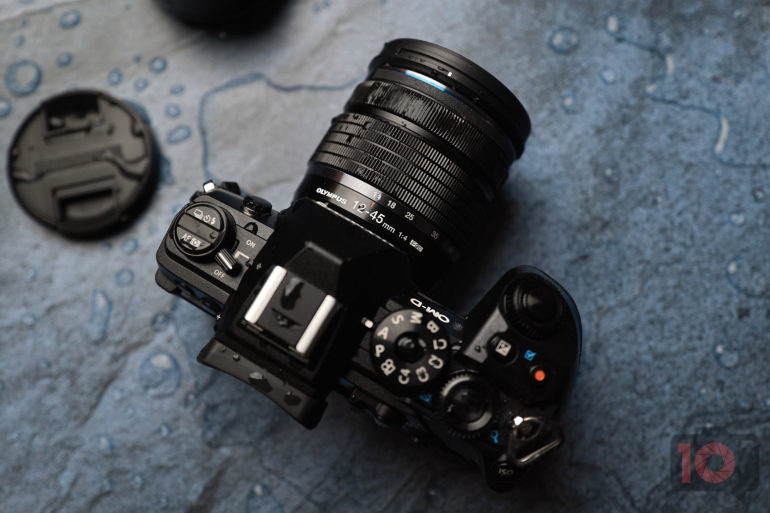


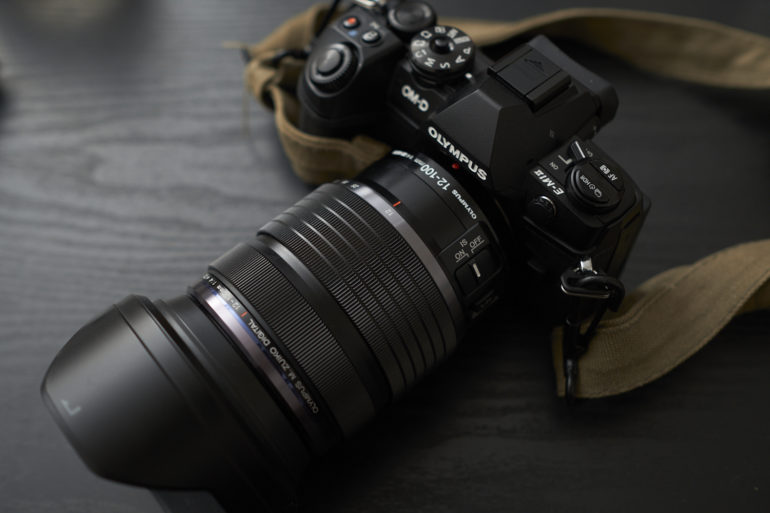

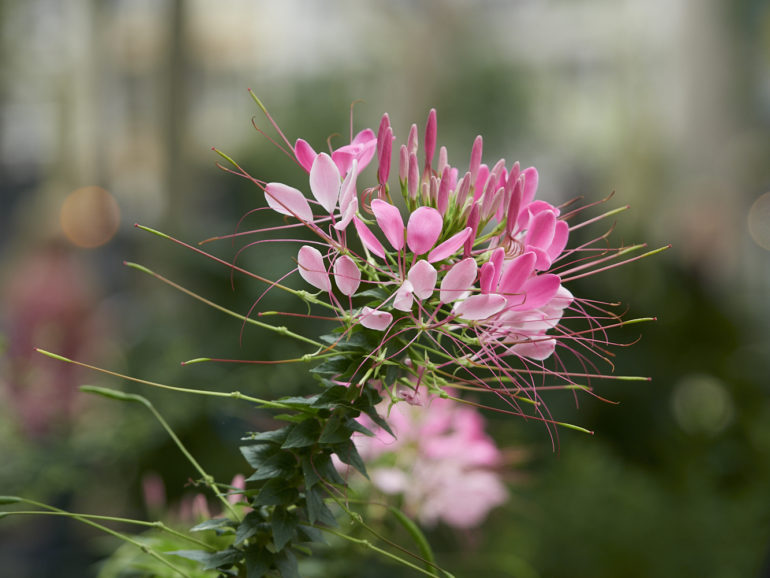
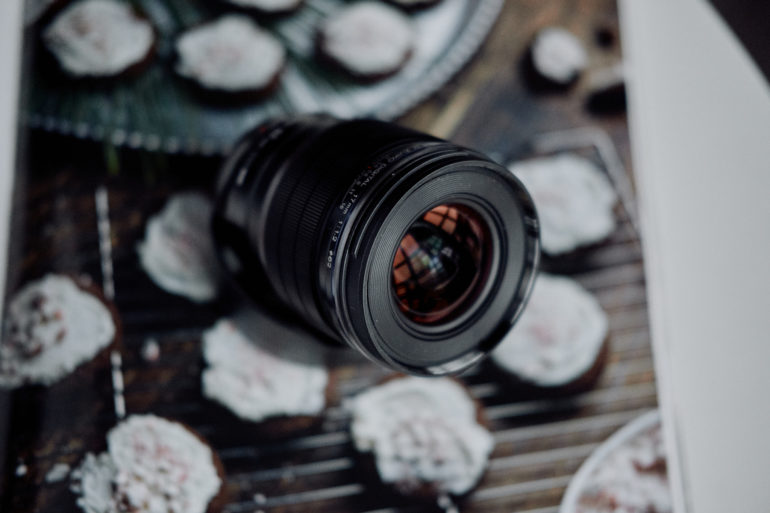


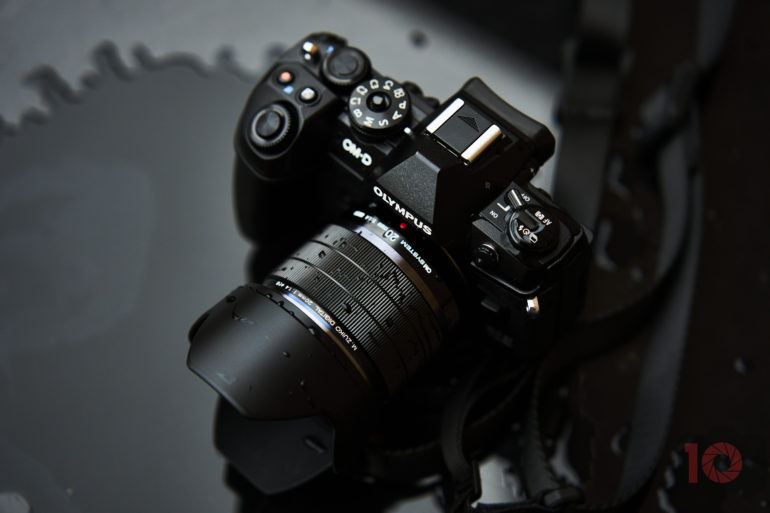


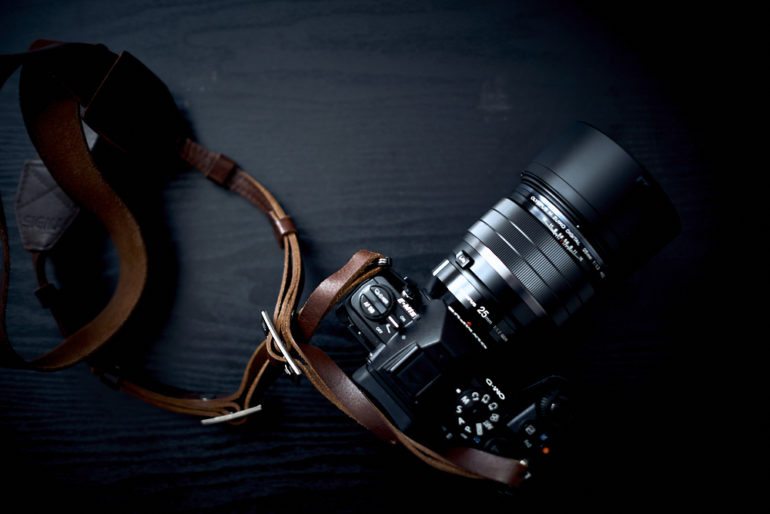
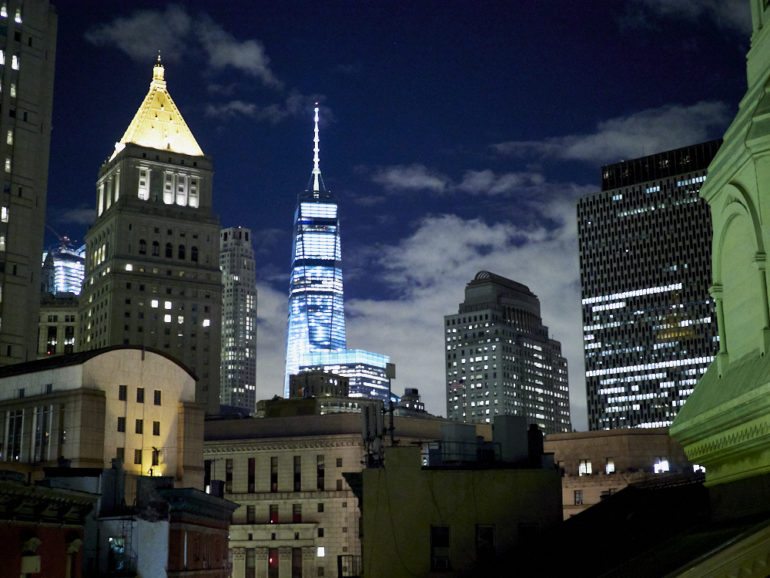
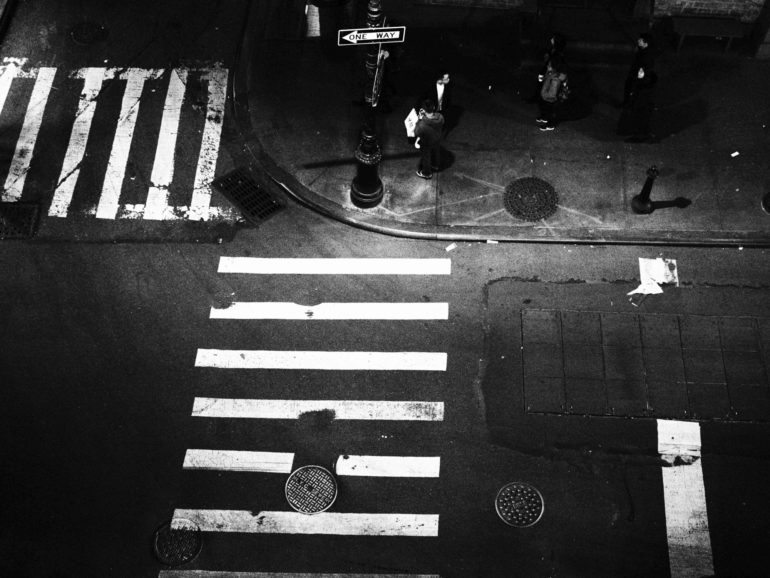
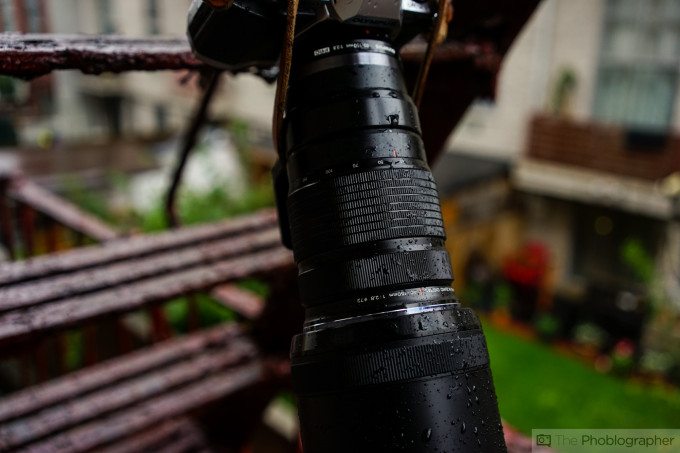


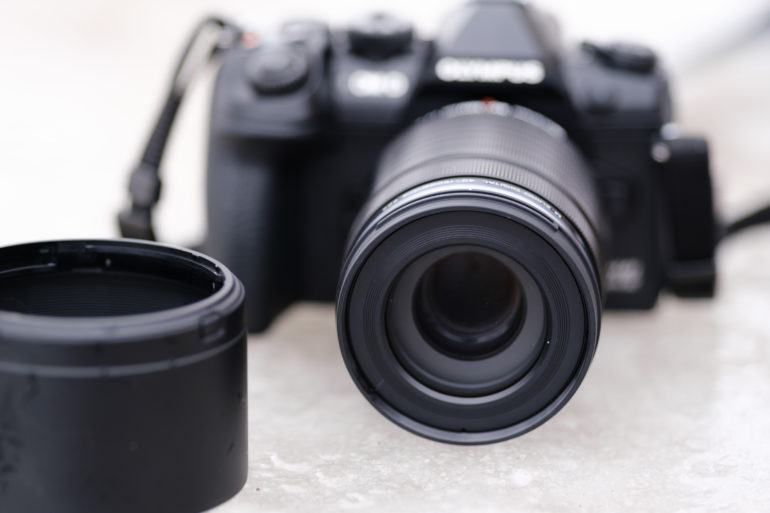

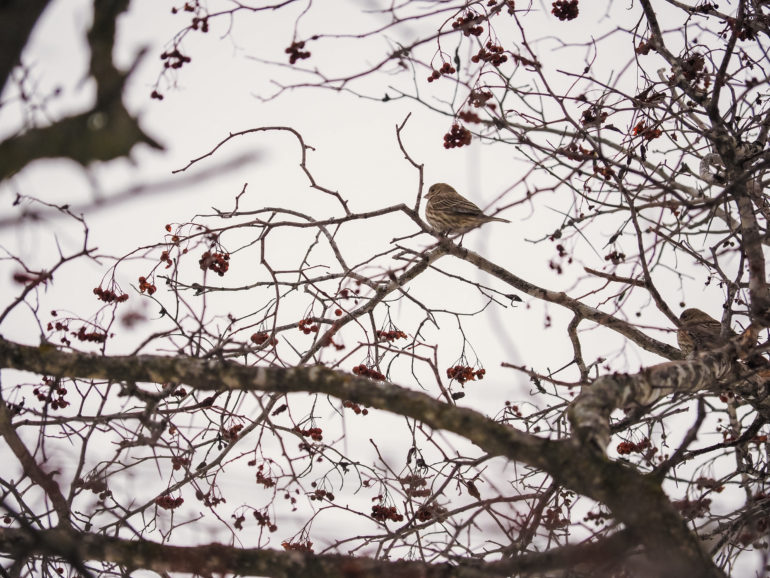
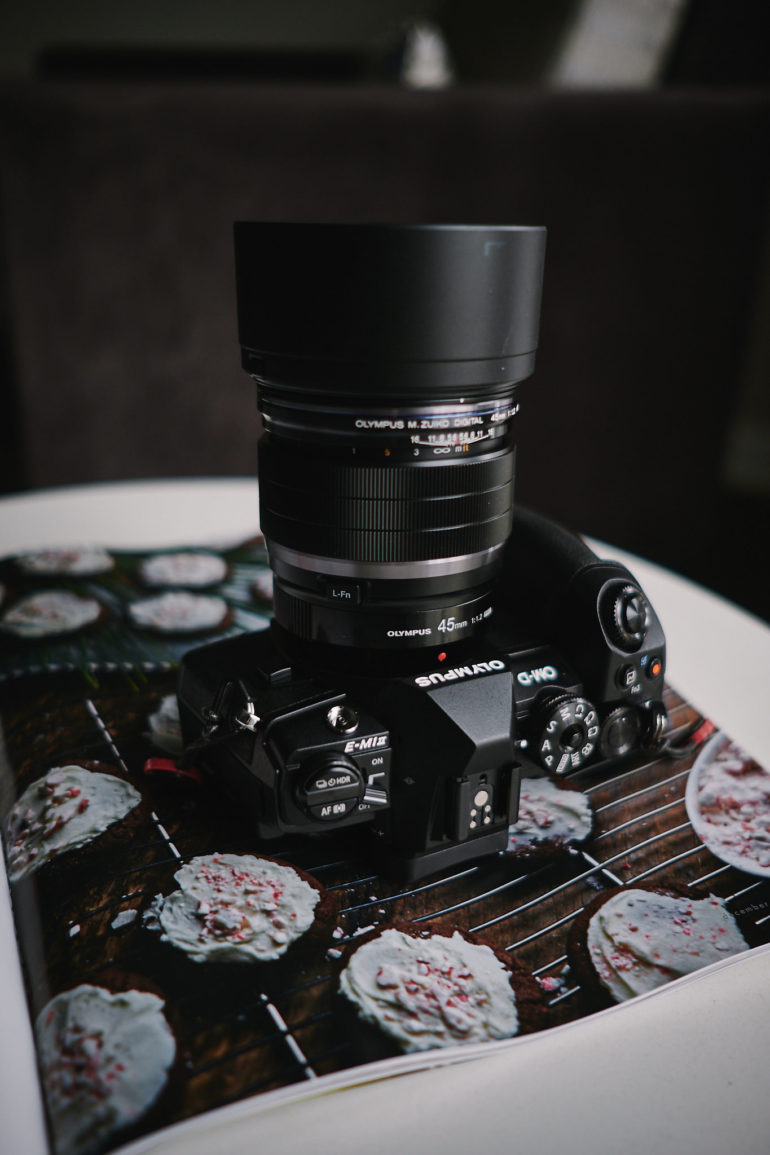
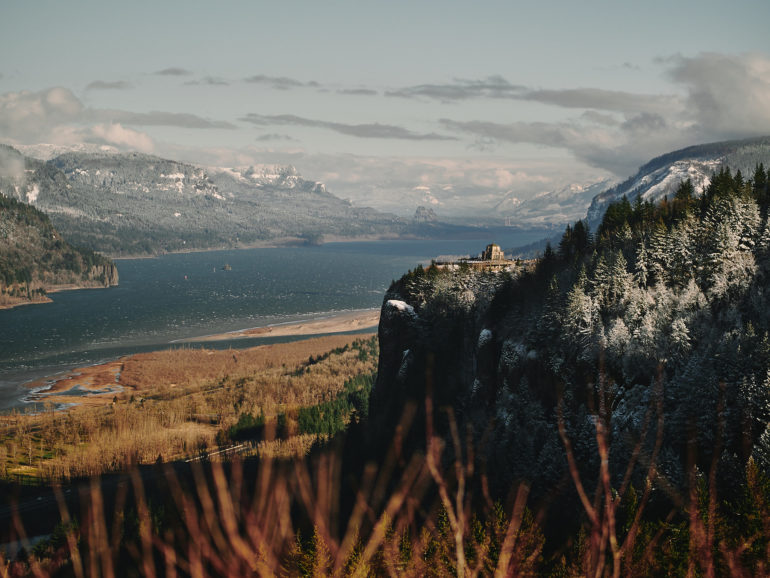

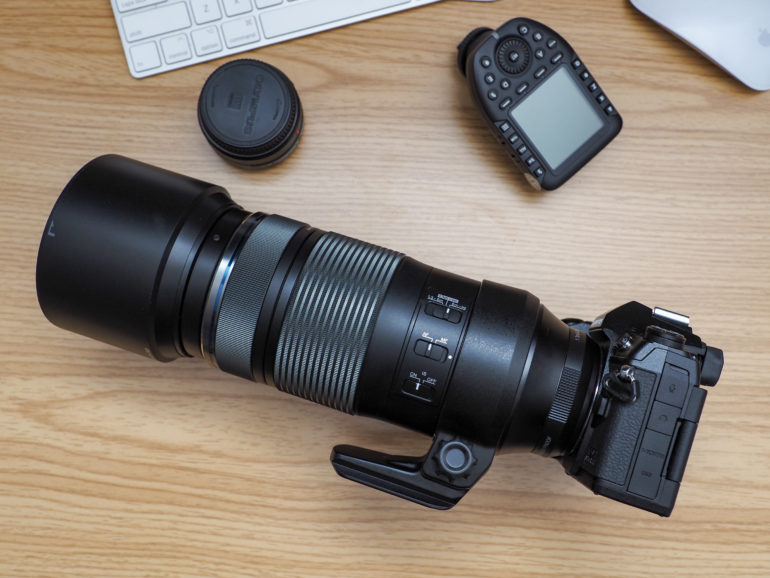
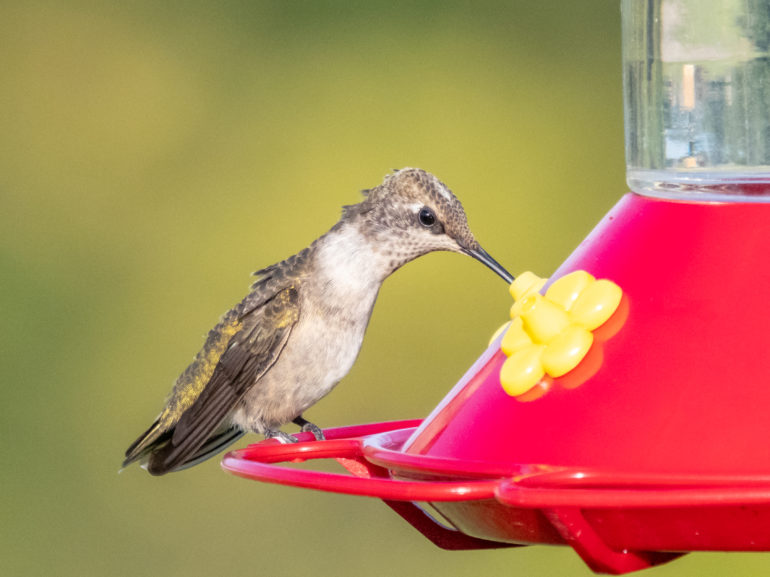

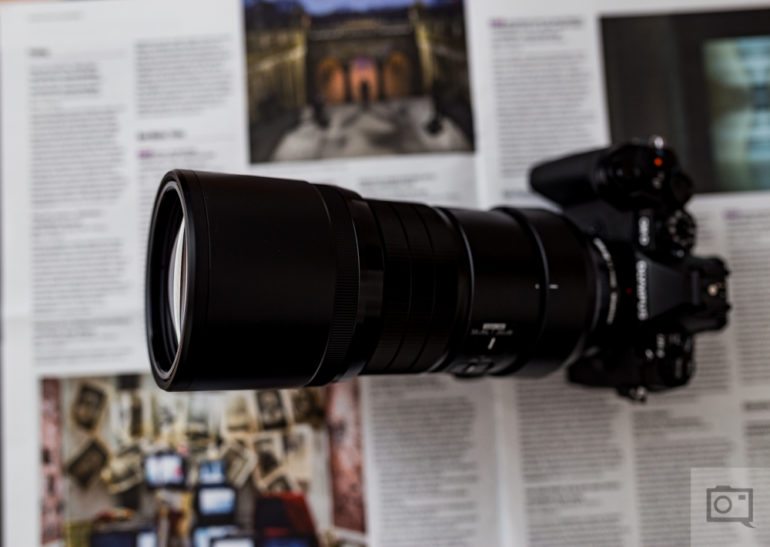
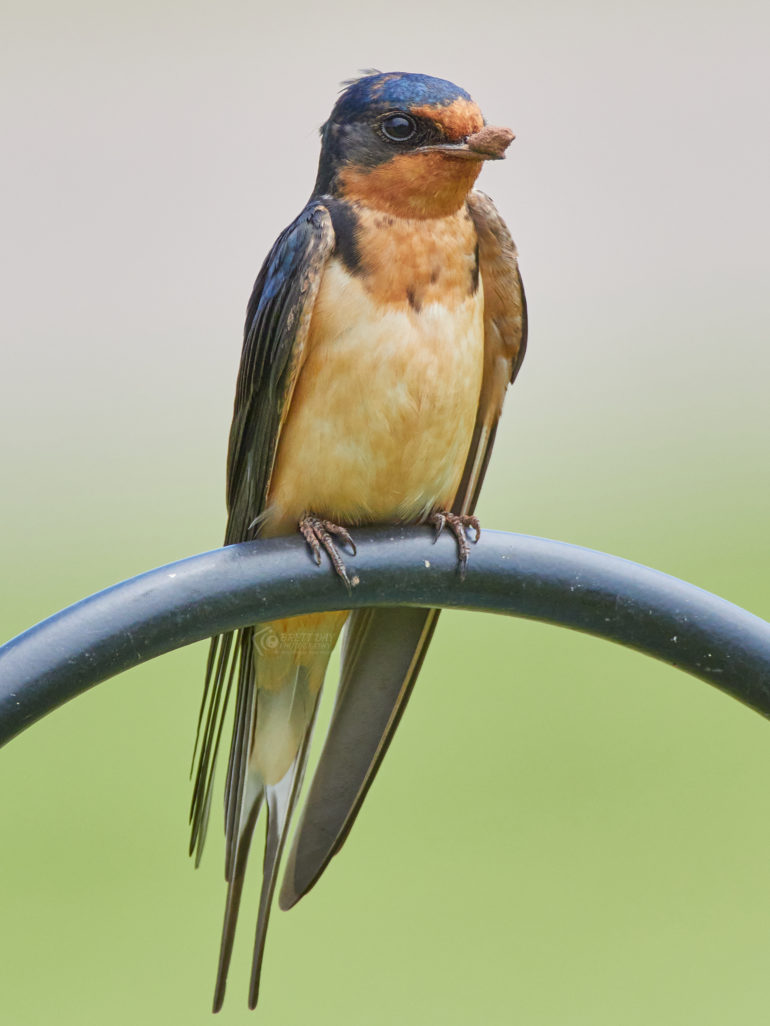

Leave a Reply